Robert Reed: 12 Little-Known Facts About the Star Who Played Mike On ‘The Brady Bunch’
Here's the story, of a man known as Brady, who had more to him than his show...
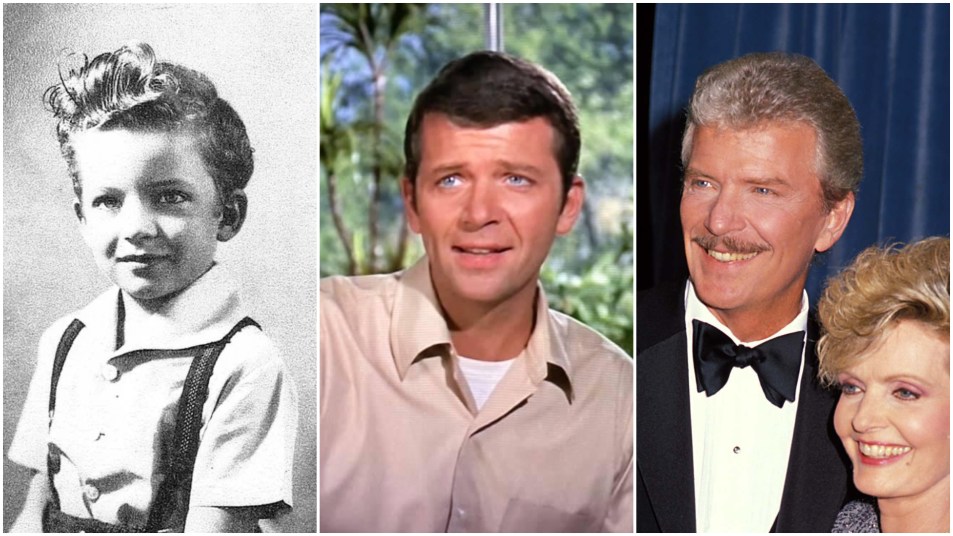
Robert Reed was a serious actor who spent much of his life fighting back against a role that had, in the mind of the public, come to define him. That role, of course, was Mike Brady, patriarch of The Brady Bunch television series, which aired from 1969 to 1974, beginning nearly 37 years after he was born and concluding less than 20 years before his passing. And yet he had accomplished so much more than people realize.
As Reed’s biographer, Ted Nichelson, who is also author of Love to Love You Bradys: The Bizarre Story of the Brady Bunch Variety Hour, describes him, he had come from a professional background and been a classically-trained actor. While attending Northwestern University he was taught by Alvina Krause, one of the most acclaimed acting teachers of the 20th century.
“Bob,” Nichelson says, “was extremely intelligent and well-versed, capable of speaking more than one language, he was a world traveler and he took everything he did very seriously. He wanted to be an actor along the lines of a Shakespearean traditional actor and was a perfectionist.”
Which made the fact that he had signed a deal with Paramount Television to star in pilots even more frustrating for hm when they essentially insisted that he do The Brady Bunch. As it turned out, it was a show whose scripts he was not thrilled with and which, in turn, put him in constant conflict with series creator Sherwood Schwartz (who had previously created Gilligan’s Island).
“He always had a short temper, but that came from the fact that he had very high standards,” says Nichelson, “which is what made him successful. I think people need to remember where he was before The Brady Bunch came along.”
The road to that beloved sitcom began on October 19, 1932, when he was born Robert Rietz Jr in Highland Park, Illinois. As to the rest of it … just keep reading.
1. Robert Reed was drawn to drama
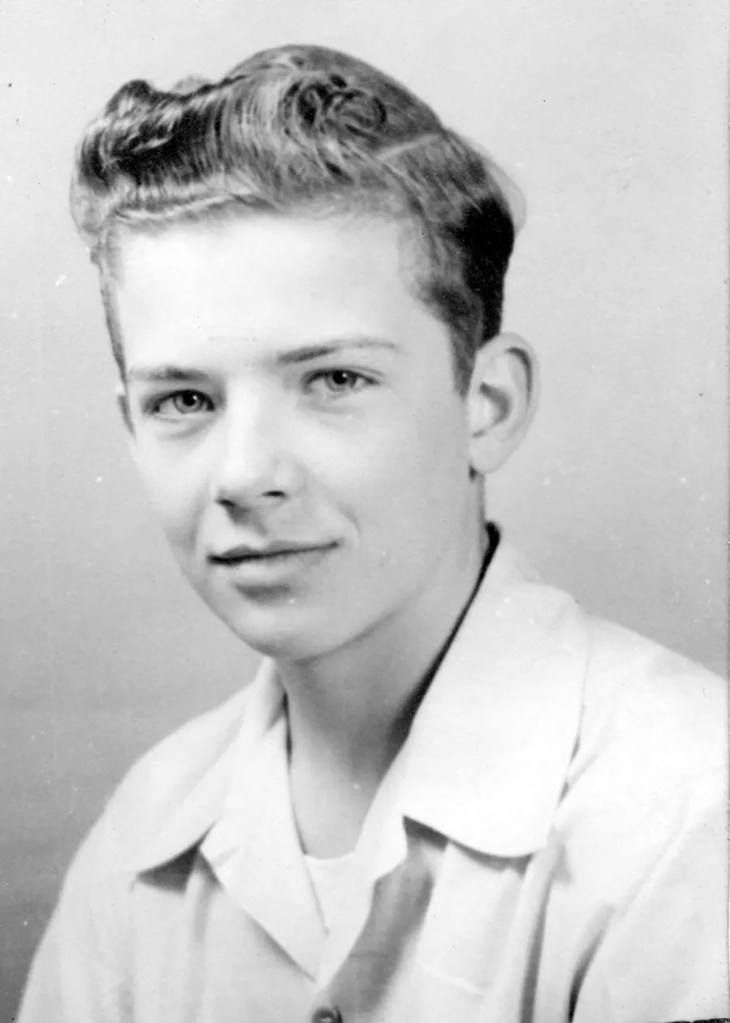
While attending Central High School in Muskogee, Oklahoma, Robert Reed began working as a local radio announcer and became a producer and writer of radio dramas. From there, he studied drama at Northwestern University (appearing in a number of stage productions) before spending a year in London studying at the Royal Academy of Dramatic Arts.
Of his days at Northwestern, Nichelson says, “He did very well there and performed a lot of leading roles, though he never did graduate. But in those days, if you were an actor you never really did graduate. You got what you needed and you went out and became a famous actor.”
2. He set his eyes on the American stage
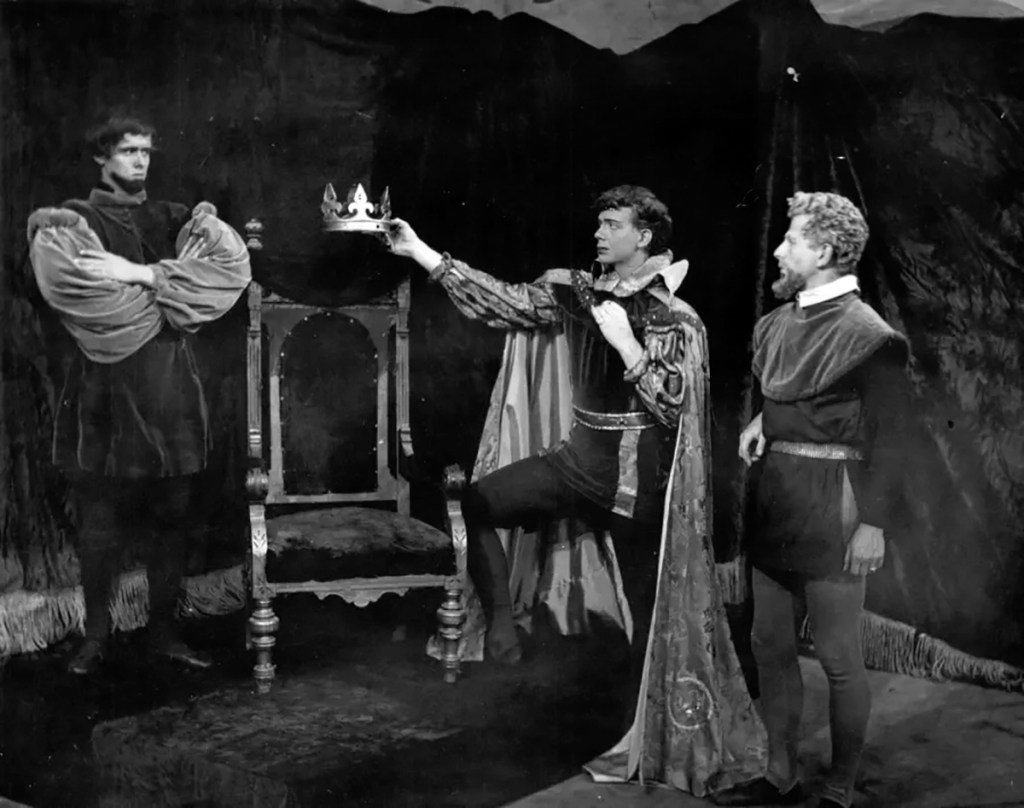
When he returned to the United States, he began working summer stock theater in Pennsylvania before joining “The Shakespearewrights,” an off-Broadway theatre group. Always moving forward, he was next a member of the Studebaker Theatre Company in Chicago, which is when he changed his name to Robert Reed.
3. Robert Reed got his start on The Defenders
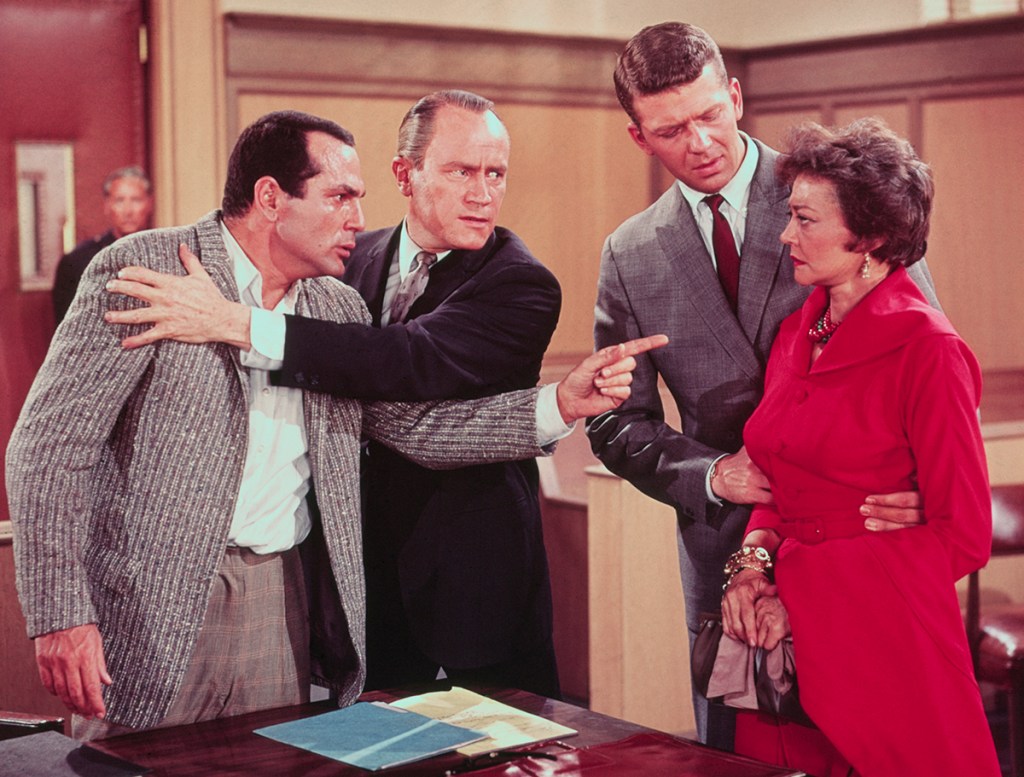
In 1959, Robert Reed made the transition to television, pretty quickly finding success as one of the stars of the legal drama The Defenders. In it, he plays Kenneth Preston, who, along with his father, Lawrence (E.G. Marshall), is a defense attorney specializing in legally complex cases. The show, which ran for four seasons from 1961 to 1965 and a total of 132 episodes, would go on to win 11 Emmy Awards.
4. Robert Reed goes Barefoot in the Park
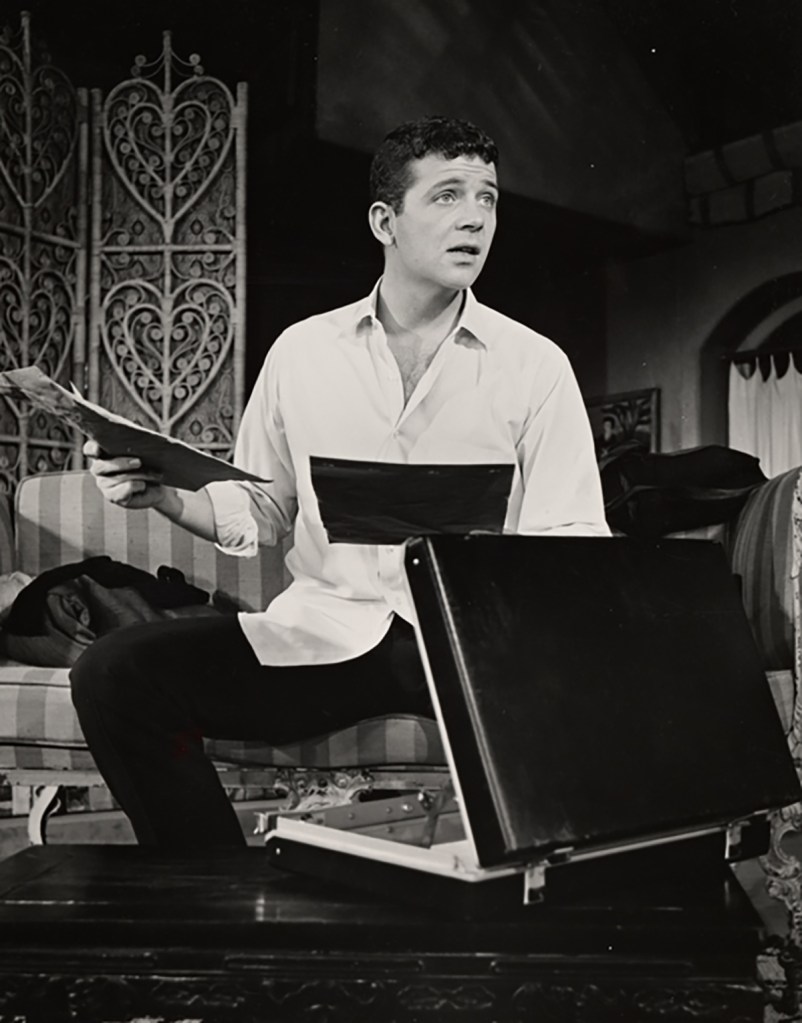
Although he started making television guest appearances following The Defenders, he was still drawn to the stage. In 1964 he replaced Robert Redford in his Broadway stage debut in Neil Simon’s comedy Barefoot in the Park, and four years later starred in Avanti.
5. Robert Reed was reluctant to sign on to The Brady Bunch
Thanks to The Defenders, Robert Reed was enormously popular insofar as the television audience was concerned, and his Broadway experience was certainly making him pickier in terms of projects. He had his reservations about The Brady Bunch, but ultimately signed aboard.
“I think he was surprised and shocked and a little dismayed that it stayed on the air,” muses Nichelson. “I don’t think he went in kicking and screaming, but he was probably hoping they would find someone else to do it. Ultimately he decided to do it, because he thought it would only go half a season before it got canceled.”
6. He hated the show’s scripts
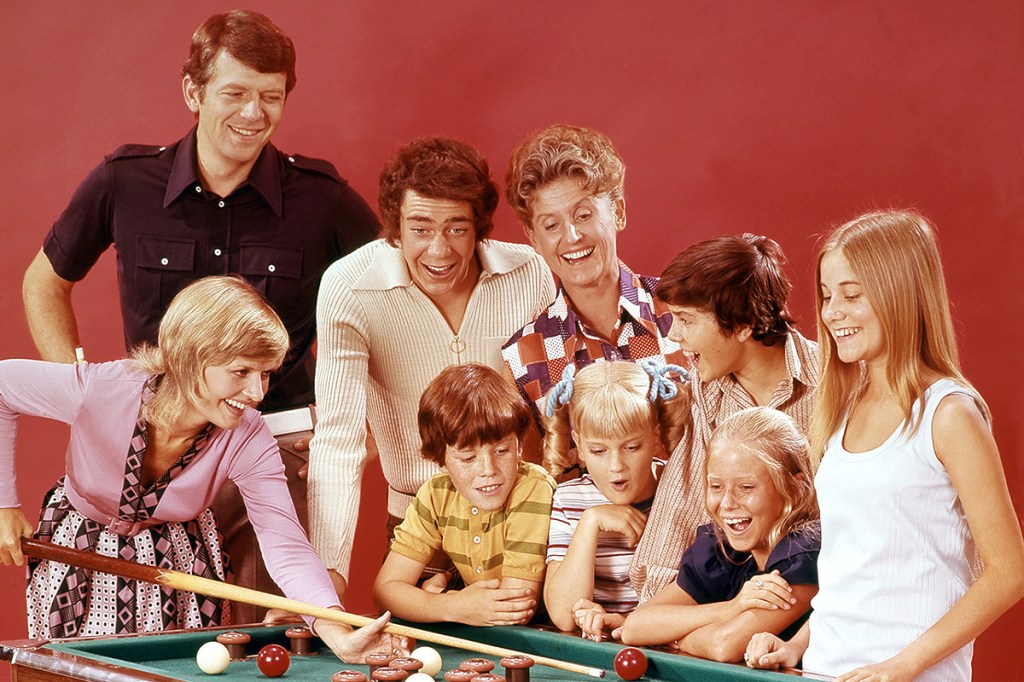
From the beginning of The Brady Bunch‘s run through its conclusion , Robert Reed was in battle with Schwartz over the quality of the show’s scripts. There is an argument to be made that the stories for the first couple of seasons had been fairly solid as they dealt with members of a blended family getting to know each other but by the end, many of them had gotten Gilligan’s Island silly.
“Bob was very serious and one of the reasons, in my opinion, that The Brady Bunch was so successful was because of his insistence on the quality of the scripts and that everything be accurate,” says Nichelson, “but then the quality began to change. If anybody takes a step back and looks at all of this, they will understand that that’s very frustrating for someone. That’s where Bob was coming from.”
7. Robert Reed had conflicting emotions about The Brady Bunch
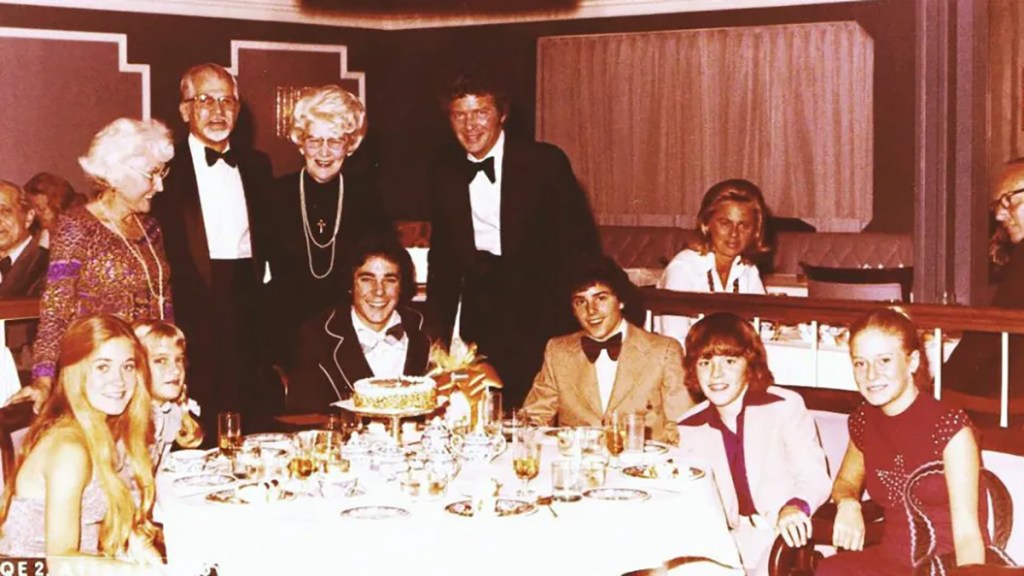
As much as he hated the show’s scripts, that’s how much he loved working with his co-stars, especially the kids who he would never express his dissatisfaction in front of. In fact, says Nichelson, “He was always doing things for them, trying to educate them on different things that were important to him. He gave them movies cameras and took them on a trip to London. He cared about them and about their growth and development.”
8. He insisted on being involved in all of the Brady spinoffs
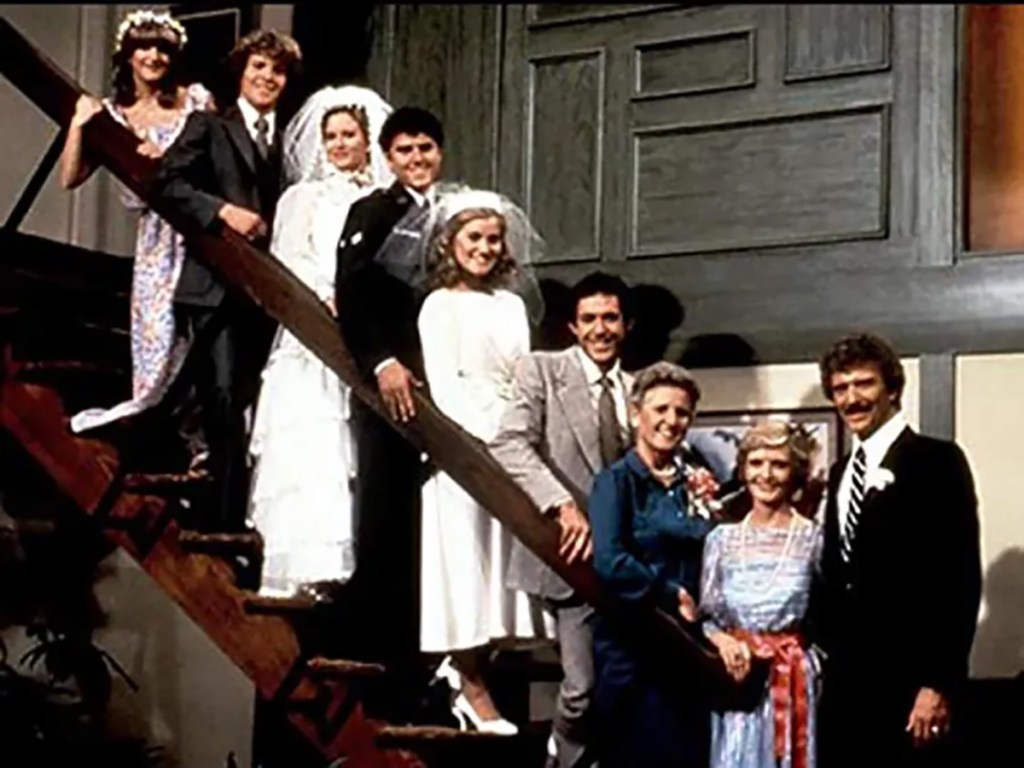
Given his experience on The Brady Bunch, you’d think he’d run and never look back when it was over. Instead, there he was in The Brady Bunch Hour (1976 to 1977), The Brady Girls Get Married (1981), A Very Brady Christmas (1988) and The Bradys (1990).
Details Nichelson, “When the TV movie The Brady Girls Get Married was written, Bob was starring in Deathtrap on Broadway in November or December of 1980 and he wasn’t cast in the film. He called Sherwood Schwartz and was, like, ‘What do you mean I’m not in this? The only person that’s going to give away my girls is me.’ And Bob actually bought himself out of Deathtrap and paid his own way to Los Angeles to shoot his part in that TV movie. He had to be in that movie. Sherwood was happy to have the original actor, but they were all set to replace him with someone else.” Figure that one out.
9. Robert Reed tried diversifying his choice of roles
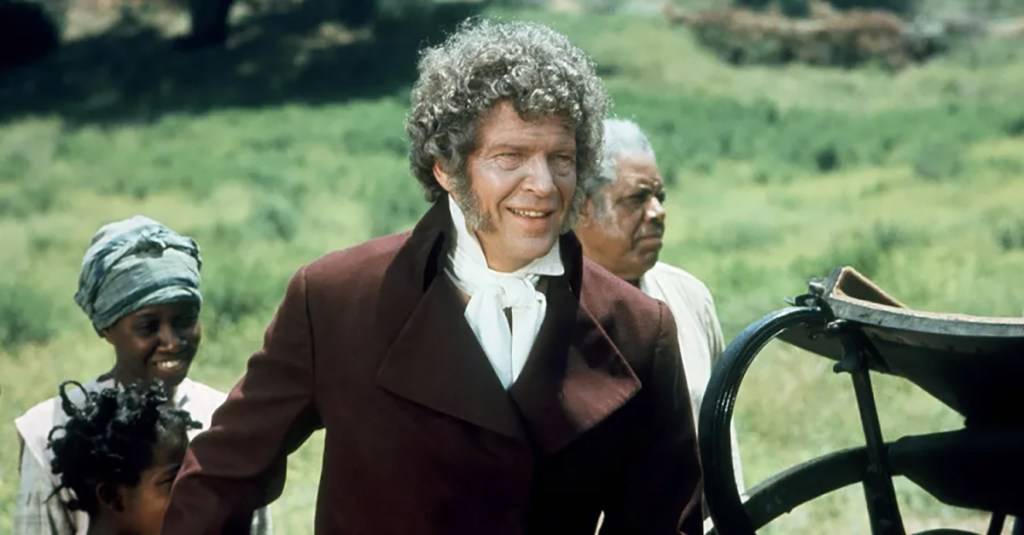
Following The Brady Bunch, Robert Reed certainly attempted to stretch himself. He was a recurring character on the series Mannix, took on darker parts like the TV movies Pray for the Wildcats (1974) and The Secret Night Caller (1975), a dramatic two-part 1975 episode of Medical Center, in which he played a doctor who becomes a transgender; and the miniseries Roots (1977). “It’s not like he was trying to shed his Brady image,” Nichelson points out, “but Bob had an opportunity to do these wonderful things.”
10. Later in life he became a teacher
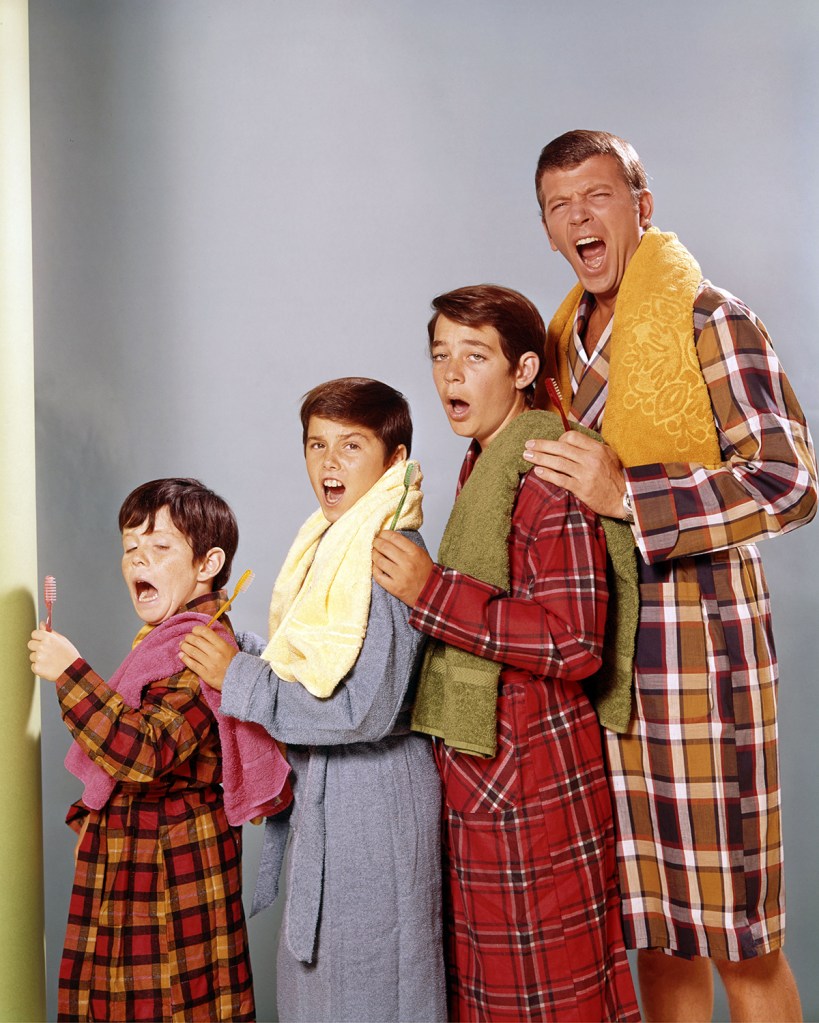
Following the end of The Bradys, Reed began teaching at UCLA, taking a lifetime of experience and attempting to instill that on his students. From all accounts, it was a highly successful effort, providing enlightenment to so many seeking to follow acting as a career.
11. There were struggles in Robert Reed’s personal life
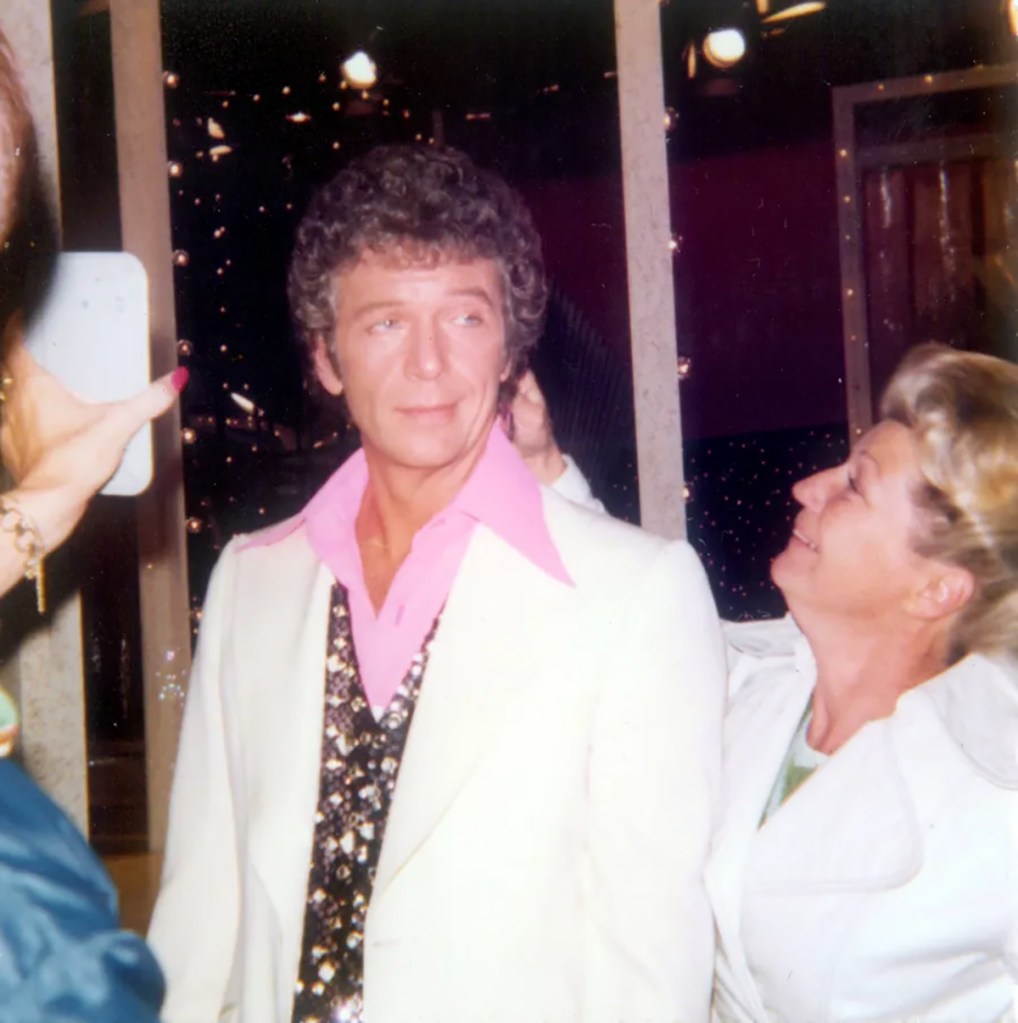
Throughout his life, Robert Reed struggled with the fact that he was gay. Not so much because of his orientation as society and Hollywood’s lack of acceptance at the time. Suggests Nichelson, “I think he really wanted to be straight, but he was always going down that road and I don’t think he was very successful in that part of his life. At the time, people’s lifestyles were pretty much set in stone given how things were culturally.”
The actor was married from 1954 to 1959 to Marilyn Rosenberger and has one child.
12. Sadly, he died at a young age
In November of 1991 Robert Reed was diagnosed with colon cancer, having previously been told that he had HIV (but not AIDs). Despite this, and the fact he was undergoing chemotherapy, he continued to work until pretty close to his death, touring the show Love Letters with actress Betsy Palmer. “He was very dedicated,” says Nichelson, “and kept acting until the end. The point is, he did not retire and then retreat to his home. He was always working.”
The end came on May 12, 1992, though the memory of Robert Reed — and, yes, his portrayal of Mike Brady in The Brady Bunch — promises to live on.


















